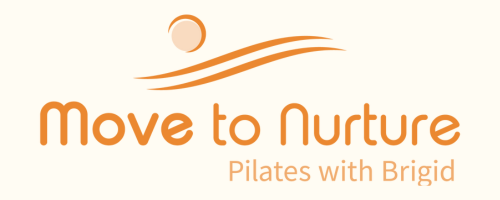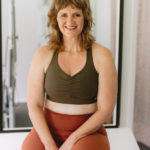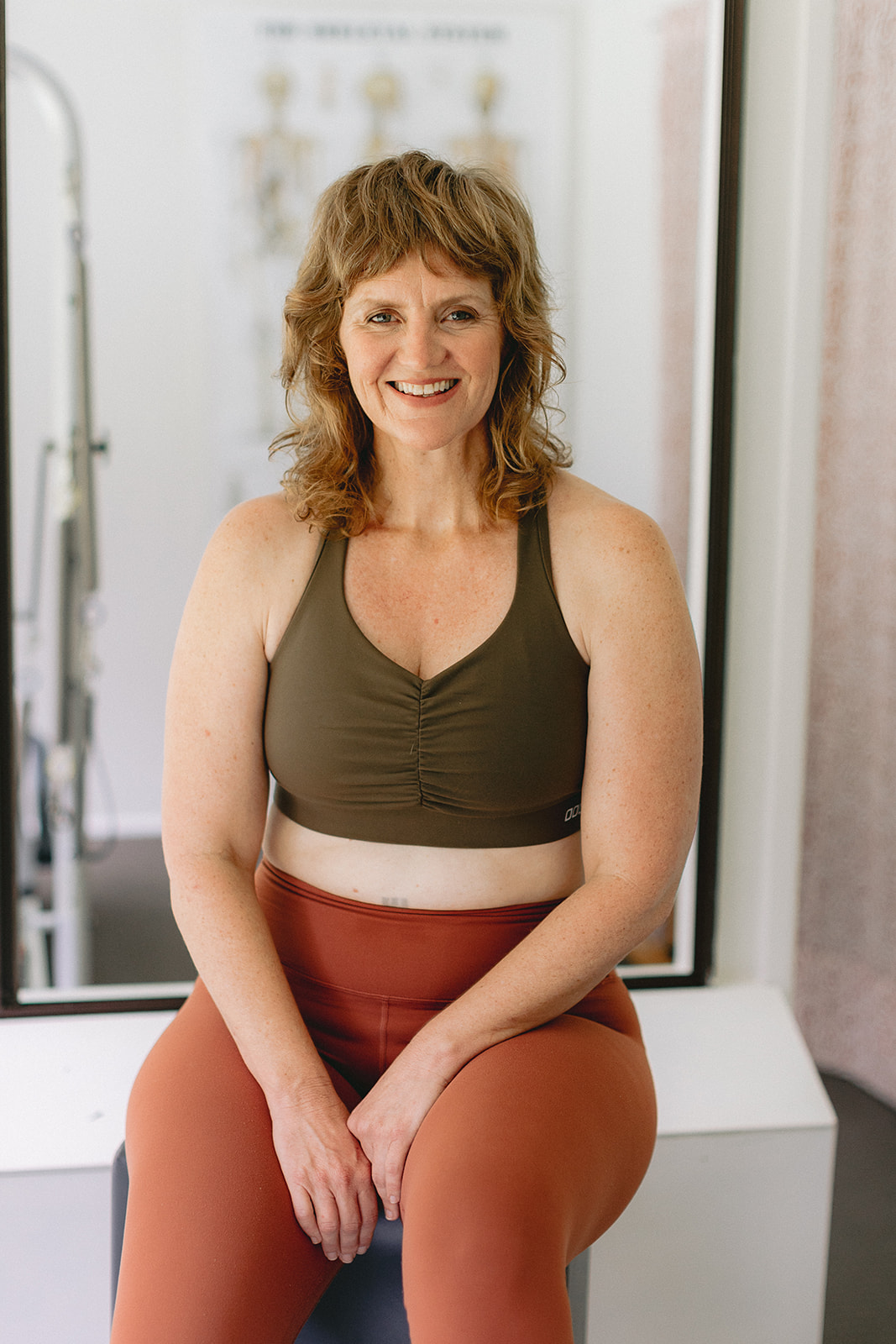Do you have an old injury that comes and goes? Just when you think it’s improving something “goes” and suddenly you are back where you started? Recurring injuries can affect all different areas of the body including neck, shoulders and ribs, mid and lower back, hips, knees and ankles and even feet. Conditions such as bursitis (shoulder / hip), plantar fasciatis (feet), knee pain, mid back tightness, and lower back pain are good examples of recurring injuries. These conditions tend to come and go, when they come they can be extremely debilitating. Recurring injuries usually mean that the way you move each day is reinforcing the pattern that is causing the injury. I want you to see how changing the way you move may alleviate your recurring injury for good!
There are key patterns in the body that contribute to pain and recurring injury. The form of our body in a squat is a great assessment tool to see what patterns are at work. When you bend to go into a squat do your knees roll in or out? Or are they in line with your toes? Is your spine long from your tail to the crown of your head? Or have you buckled in the spine to bend your knees? Are your shoulders rolling in with the weight of your arms hanging down or are you holding your shoulder blades in place on the back of your ribs as you come down? Is your neck and head part of your spine in a long line or is your chin pushed forward dragging the back of your neck with it? ]
Get some one to take a photo of you in a squat or do a gentle knee bend / squat in front of a mirror. Check yourself against some of the questions above. This simple test can reveal a lot about the reflex movement patterns that you have. We all have reflex movement patterns, this is how the brain frees up space for more complex decisions like what we will be cooking for dinner! If your reflex movement patterns are good for your bones, joints tendons, ligaments and muscles then you will not suffer recurring injuries. If your reflex movements put uneven strain or pressure on your bones, joints, tendons, ligaments and muscles then it is likely you will suffer recurring injuries and pain.
Correcting reflex movement patterns is not as hard as you think! Our bodies and particularly our brains are very pliable. It can take a short investment of a lot of attention to the way we move to correct any unhelpful patterns. Once these have been learned we can turn them over to reflex movement that is now not going to cause misalignment and pain. The help of a movement teacher and a manual therapist will help with this process. In the long term once you have learned new movement patterns you will need manual therapy much less often as you enjoy a lot more pain free time.
Here are some basic tips for developing healthy movement patterns to keep recurring injury and pain at bay.
- Learn to do a good squat or hip crease – this movement can be handy every time you sit down on a chair or to use the toilet. Doing this movement with awareness will begin to improve your deep abdominal and leg strength as well as help with spinal alignment and stability.
- Spend some time barefoot and strengthen your feet – strong feet muscles are the best foundation you can have. Strong feet actually help muscles in the legs to switch on. Walking on lots of different surfaces in bare feet helps a lot and this is why we practice Pilates in grip socks because being out of shoes helps to develop the intrinsic muscles of the feet.
- Do regular gentle spine twist (or rotation of the ribcage) – rotation of the ribcage is needed for a strong and healthy walking pattern. Gentle and regular rotation through the rib cage can help with easier walking. Rib cage rotations can also help to deepen the breath and create ‘space’ around the lungs.
- Glide the shoulder blades over the back of the ribs – shoulder protraction and retraction is an important movement for supporting the position of the shoulder joint and the position of the arm in the shoulder joint. Shoulder protraction and retraction helps to strengthen the upper back and is a great to antidote to lots of sitting in front of a computer.
- Treat the head and neck as part of the spine – imagine you have string from the very top of your head going right up to the sky, like you are a puppet on a string. This image can help to place the head on the neck and lengthen the spine. Use this image often through the day to remind you to lengthen, this will also engage and strengthen the deep core muscles.
If you feel like the recurring injury cycle is ruling your life and constant pain is stopping you from doing the things you love, then reach out for a private or duet session to assess your movement patterns and take control. It’s amazing how quickly you can learn new movement patterns to avoid pain.
I am Brigid Pearse a certified Pilates instructor and ex-dancer and a mum. I run a fully equipped Pilates studio from my home in Lennox Head and I run community Pilates mat classes in Byron Bay, Ballina and online. To receive regular body wisdom sign up below.






0 Comments
Trackbacks/Pingbacks